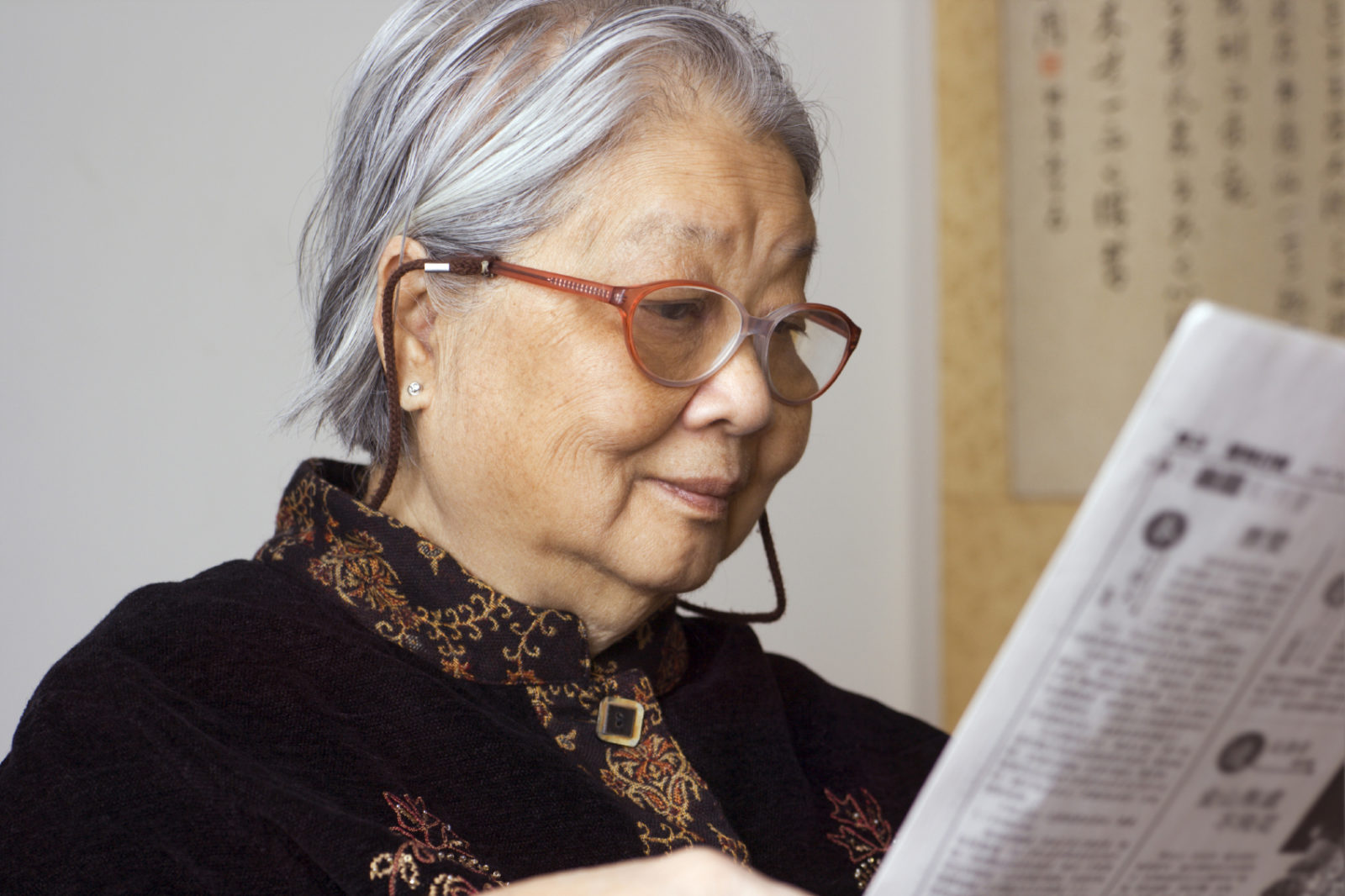Not Seeing Friends and Family is Hard. But It’s Worth It.

Grandparents miss cuddling their grandbabies. Teens miss hangouts and deep talks with their closest friends. We miss seeing our siblings and cousins, best friends, barbers, co-workers, teachers, and gym buddies. Everyone is feeling the strain from the lack of in-person interaction that makes life rich and full. COVID-19 is taking a toll, and we all want life to get back to normal and to spend time together face-to-face.
As much as we yearn to see our loved ones, there’s a lot at stake if we let go of the stay home measure prematurely. People living in King County and the state of Washington deserve so much credit for the sacrifices they’ve made in staying home. Our actions have proven that we can slow COVID-19 down, and it’s saving lives. Now we need to protect those gains and prevent a sudden increase in illness.
What we risk
COVID-19 is spreading more slowly than before, but it is still spreading every day in King County. A report from the Bellevue-based Institute for Disease Modeling predicts that if social distancing measures were to lift starting May 1, it would lead to a rapid rise in the rate of cases that would likely exceed recent peak levels. We need to avoid opening the door to the levels of illness and death experienced in other parts of the country where their healthcare system has struggled to keep up.
Researchers at the University of Washington have developed a visualization that helps demonstrate the effects of social distancing and what would happen if people visited “just one friend.” Their model shows how quickly a community becomes directly and indirectly connected to each other in clusters if each household establishes just one social connection with another household. And each of the connections creates an opportunity for the virus to spread.
So even though we’ve done an amazing job in keeping levels of COVID-19 low, it’s too early to abandon social distancing measures. Everyone, young and old, should continue to stay home and avoid all non-essential contact, unless you are an essential worker. When you must go out, limit your trips and stay six feet apart from others.
Dialing back social distancing will be incremental
There needs to be better understanding of where the infections are occurring before social distancing can be changed. Once testing is widely available and we know better what’s happening in the outbreak, we can implement strategies to further decrease transmission. Changing social distancing measures will depend on having steady declines in the number of people who are sick and the capacity available in the healthcare system to manage an increase in cases that would likely coincide with increased contact between people. We wish we knew exactly when this will all come together, but with so many moving factors, there is no fixed date.
These measures will be dialed back incrementally—not all at once—because most people will still be susceptible to the virus. When that time comes, health officials will likely recommend that people still protect each other when spending time together by:
- Keeping all gatherings small—the smaller the number, the less the risk
- Socializing outdoors, where any virus would be more dispersed than in an enclosed space
- Staying at least six feet apart when socializing with people outside your household
- Wearing cloth face coverings when in close contact, including for children over 2 years old
We all look forward to a time when we can see our close friends and family in person. It’s hard to keep this up. We are hard wired for social connection and it’s painful not to be able to look our loved ones in the face and hug each other during this stressful time. But we also need to protect these very same people, as well as everyone in our community—those who are most vulnerable, those who are essential workers, and every single person who could be seriously affected by this unpredictable virus.
Thank you for everything you’ve done to commit to staying at home. Waiting a while longer to be with your family and friends again and making do with phone calls and virtual gatherings is hard. But ultimately, it’s worth it.
This article was originally posted April 27, 2020 on Public Health Insider, the Public Health—Seattle & King County blog and republished in the May 2020 issue of AgeWise King County.
![Aging & Disability Services for Seattle & King County [logo]](https://www.agingkingcounty.org/wp-content/themes/sads/images/seattle-ads-logo.png)